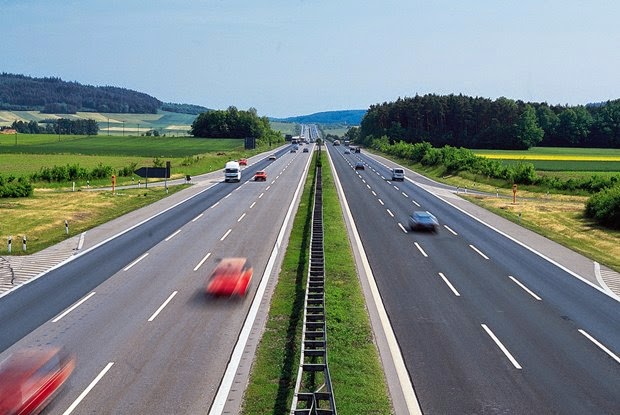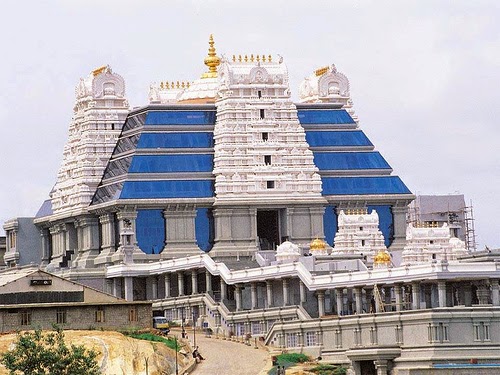Famous fort in india :
- Chittorgarh Fort
- Jhansi Fort
- Gwalior Fort
- Junagarh Fort
- Golkonda Fort
- Daulatabad Fort
- Jaisalmer Fort
- Agra Fort
- Amber Fort
- Red Fort
- Mehrangarh Fort
- Gwalior Fort
Chittorgarh Fort:
Chittorgarh Fort is one of the largest forts in India and probably the grandest in the state of Rajasthan. It is a World Heritage Site.
The fort, popularly known as Chittor, was the capital of Mewar and is today situated in Chittorgarh CityChittorgarh, also called Chittaur, from the 7th century to the 16th, was the capital of Mewar under the Rajputs. Chittaur evokes memories of great heroism and sacrifice by Rajput men and women in the intermittent battles that they had to fight against invaders from Northwest or Delhi. Chittaur witnessed both the ravages of war and the triumphs of the spirit. Allaudin Khilji who coveted Queen Padmini of Chittaur, invaded the city in 1303 A.D. Queen Padmini and the women of the court sacrificed themselves in a pyre of fire rather than submit to anybody.
This supreme sacrifice has been called 'Jauhar' and epitomises the fiery spirit of the Rajputs of the day. The city stands strewn with monuments and battlements as evidence of the blood and gore that it went through in medieval times.
This supreme sacrifice has been called 'Jauhar' and epitomises the fiery spirit of the Rajputs of the day. The city stands strewn with monuments and battlements as evidence of the blood and gore that it went through in medieval times.
The Chittaur Fort is the best known fort in Rajasthan. Its origins are traced to the Pandavas of Mahabharata. It is said that Bhima, one of the Pandava brothers, built the fort. Standing on 180 meters high hill, the fort covers an area of 700 Acres. Inside it is the Meera and Khumba Shyam Temple. It is associated with Meera, a mystic poetess devoted to Lord Krishna
whose life and bhajans have become part of the folklore and literary traditions of the region and several parts of India.
whose life and bhajans have become part of the folklore and literary traditions of the region and several parts of India.
Water Fort :
Chittorgarh
fort is also called as Water Fort. The fort had 84 water bodies, out of
which only about 22 exist today. These Include talabs (ponds), kunds
(wells), and baories (stepwells). All the talabs have a natural
catchment. The kunds and baories are located below the talabs, so that
even the seepage from the latter is not lost.The fort spreads
over 700 hectares, 40 per cent of which are given over to water bodies.
The average reservoir depth is about 2 m. Taken together, this means
these reservoirs can store about 4 billion litres of water.
In a
year of more than normal rainfall (average annual rainfall: 700 mm),
enough water would be stored to last the next 12 months. Even after
water loss due to seepage and evaporation and other causes, an army of
50,000 could live in the fort for four years without fear of thirst.
Tower of Victory - (Vijay Stambh) :
Built in 1440 AD by Maharana Kumbha to commemorate his victory over Mohamed Khilji this 9-storyed tower is adorned by sculptures of Hindu deities around.
There are around 157 narrow steps leading to the terrace where the balconies give a beautiful top angle view of the whole town. When illuminated in the evening, the tower reflects a mesmerizing effect and the view is worth capturing in the camera.
Tower of Fame - (Kirti Stambh)
Dedicated
to Adinathji the 1st Jain Teerthankar adorned by the naked figures of
the Digambars [Adherents of the Digambar sect who does not believe in
covering the natural body] A narrow stairway goes through seven stories
of the tower to the top. The 22 metres high tower was build by a wealthy
jain merchant in the 12th century A.D.
Seven Gates of the Fort:
To enter in to the Fort Of Chittorgarh, the person has to go through seven huge gates(Pol). Each gate is different in its name, design and its size. Below is the list of these gates:
1. Padan Pol
2. Bhairon Pol
3. Hanuman Pol
4. Jorla Pol
5. Ganesh Pol
6. Laxman Pol
7. Ram Pol
history of Chittaur fort:
The history of Chittor is one of the most stirring chapters in Indian history for it was there that the flower of Rajput chivalry sprang to life and the immense stretch of its sacred walls and ruined palaces relate the saga of innumerable sieges and heroism which has almost become a myth now.
Rana Kumbha
Rana Kumbha (1433-68) was a versatile man a brilliant, poet and musician. He built mewar upto a position of assailable military strength building a chain of thirty forts that girdled the kingdom But, perhaps more important was a patron of the arts to rival Lorenzo de Medici, and he made Chittorgarh a dazzling cultural center whose fame spread right across Hindustan.
Rana Sanga
Rana Sanga (reigned 1509-27) was a warrior and a man of great chivalry and honor reign was marked by a series of continual battles, in course of which he is said to have lost one arm and had been crippled in one leg and received eighty-four wounds on his body. The last of his battles was again Mughal invader, Babur, in 1527. Deserted by one ofgenerals, Rana Sanga was wounded in the battle and shortly after.
Maharana Pratap
Over the next half-century, most other Rajput rulers allowed themselves to be wooed the Mughals; Mewar alone held out. In 1567 Emperor Akbar decided to teach it a lesson: he attacked Chittorgarh razed it to the ground. Five years later Maharana Pratap (reigned 1572-97) came to rule Mewar - a king without a capital. He continued to defy Akbar, and in 1576, confronted the imperial armies at Haldighati.
The battle ended in a stalemate and Maharana Pratap and his followers withdrew to the craggy hills of Mewar, from where they continued to harrass the Mughals through guerilla warfare for the next twenty years. Maharana Pratap made his descendants vow that they would not sleep on beds, nor live in palaces, nor eat off metal utensils, until Chittorgarh had been regained.In fact, right into the 20th century the maharanas of Mewar continued to place a leaf platter under their regular utensils and a reed mat under their beds in symbolic continuance of this vow.
The battle ended in a stalemate and Maharana Pratap and his followers withdrew to the craggy hills of Mewar, from where they continued to harrass the Mughals through guerilla warfare for the next twenty years. Maharana Pratap made his descendants vow that they would not sleep on beds, nor live in palaces, nor eat off metal utensils, until Chittorgarh had been regained.In fact, right into the 20th century the maharanas of Mewar continued to place a leaf platter under their regular utensils and a reed mat under their beds in symbolic continuance of this vow.
Rani Padmini
In 1303 Allauddin khilji, Sultan of Delhi, intrigued by tales of the matchless beauty of Padmini, Rani of Chittor, of her wit and charm, decided to verify this himself. His armies surrounded Chittor, and the sultan sent a message to Rana Rattan Singh, Padmini's husband, to say that he would spare the city if he could meet its famous queen. The compromise finally reached was that the sultan could look upon Padmini's reflection if he came unarmed into the fort. Accordingly, the sultan went up the hill and glimpsed a reflection of the beautiful Padmini standing by a lotus pool. He thanked his host who courteously escorted Allauddin down to the outer gate-where the sultan's men waited in ambush to take the rana hostage.





















.jpg)
































.jpg)




